General Patton Desert Museum
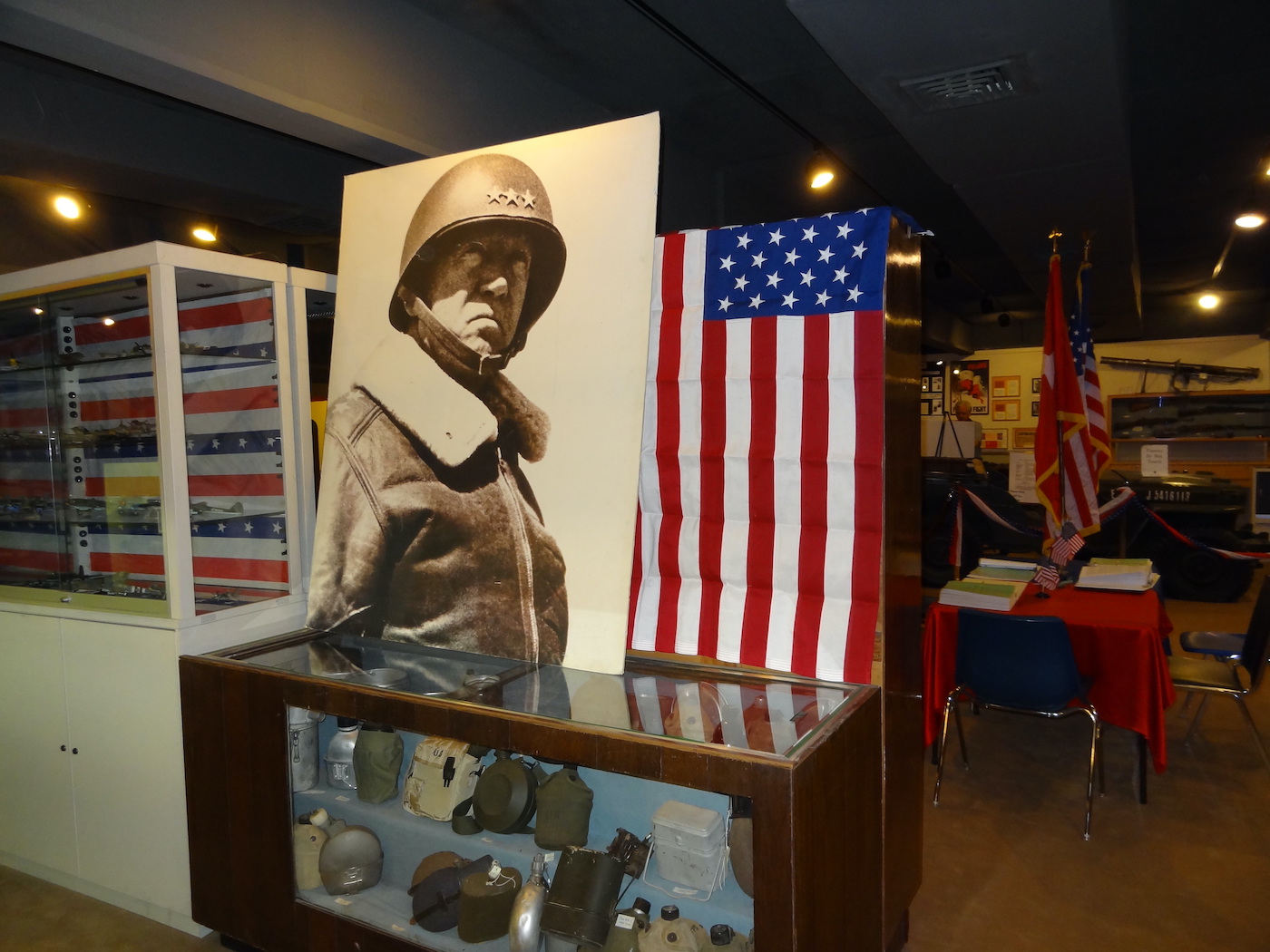
As many times as I’ve been to Palm Springs and the desert towns, I’d never heard of the General Patton Desert Museum. It’s located off Interstate 10 about 30 miles east of Indio at Chiriaco Summit, which was the entrance to Camp Young command post for the Desert Training Camp (DTC). It was the largest military installation and maneuver area in the world at approximately 18,000 square miles.
Historically in January 1942, just a month after the United States entered the war, German troops under the command of Field Marshal Rommel started pushing toward Egypt, threatening the Suez Canal. The British had trouble fighting Rommel, not being experienced in the use of tanks as a tactical weapon in the desert. We didn’t know how to do that either.
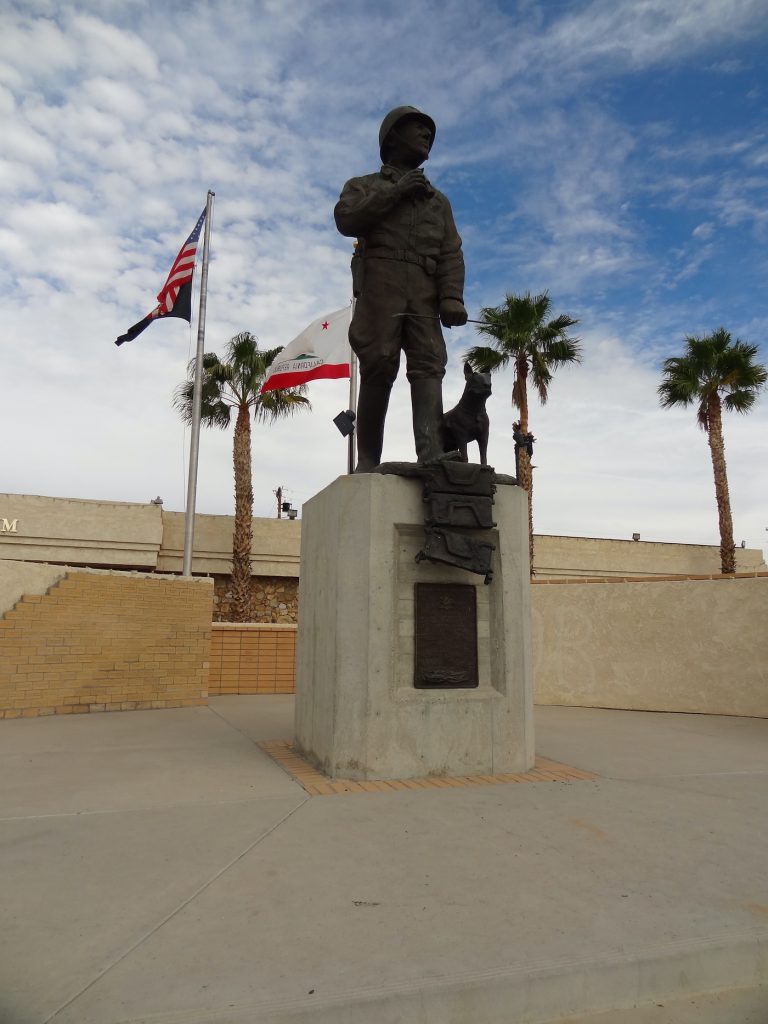
Major general George S. Patton, Jr. was chosen to establish the DTC to train our men and machines for action under the harsh conditions of the African deserts. With staff officers, he flew over a vast expanse of sand and brush in southern California and part of Arizona and Nevada. Later, he covered much of it on foot and horseback, choosing this area as the place. As he said, “The best I have ever seen… it is desolate and remote… large enough for any kind of training exercises.”
The first troops to arrive described it as “the place God forgot.” Eventually, more than a million men went through training there. Patton wasted no time. It became operational in April 1942. Four days later, he and the troops took their first desert march. Within 15 days, all units had been on a desert march. Conditions were primitive. Some had wooden floors in their tents, but none had electricity or sheets for their cots. Within a month after arrival, every man had to be able to run a mile in 10 minutes, wearing a full backpack and carrying a rifle with only a canteen of water.
When General Patton started operating the DTC, he knew little about the desert, so he used the expertise of Roy Chapman Andrews, an explorer who had been to the Gobi Desert several times. Patton explained, “If you can work successfully here, in this country, it will be no difficulty at all to kill the assorted sons of bitches you meet in any other country.”
Patton was respected by his troops in spite of his harshness. The troops thought the camp should have been named for the general instead of for Young, who had fought Indians. Instead of living at an Indio hotel or at the ranch house where his wife stayed, he lived with his troops in the same primitive accommodations. Even though Patton was only at the DTC for four months, his impact lasted. He was sent overseas to start planning the North African Campaign, which was an Allied victory.
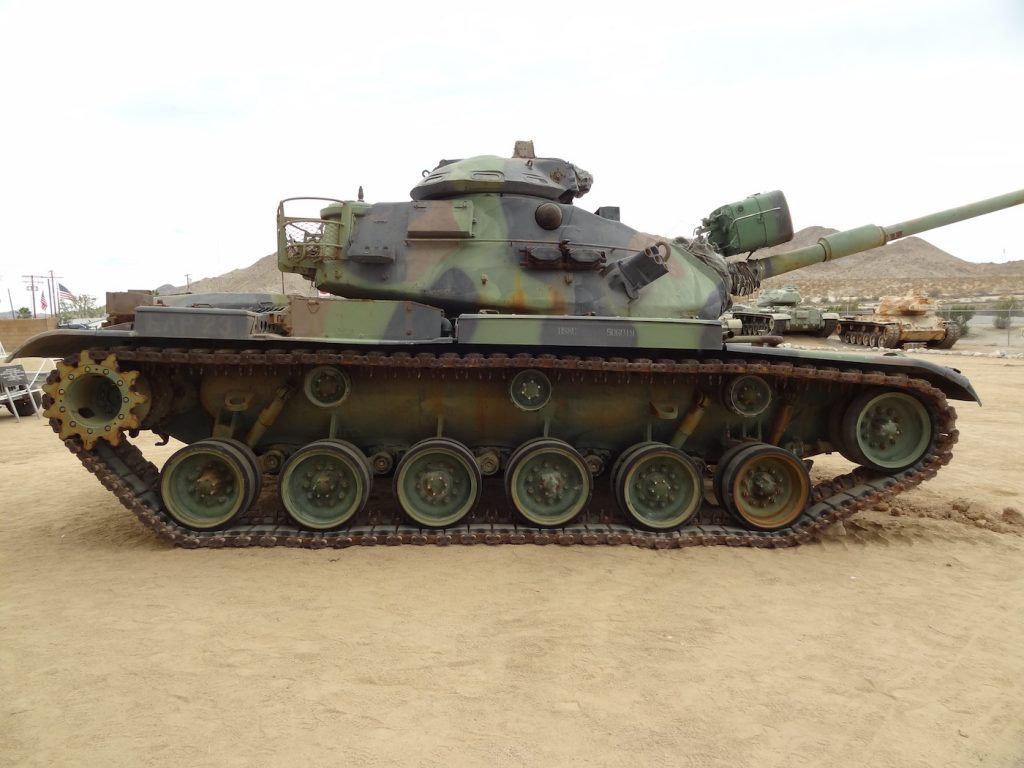
Because of that, the Bureau of Land Management and General Patton Memorial, Inc. has established a memorial at the location to the flamboyant, colorful, and controversial general and the troops who served there.
The mission of the General Patton Memorial Museum is to promote peace by honoring the service and sacrifice of America’s veterans while educating the public on modern U.S. military history through the preservation and interpretation of artifacts from the major conflicts of the 20th and 21st centuries. For more information, call (760) 227-3483.
Chiriaco Summit Restaurant
When you visit the museum, plan on stepping back in time to the 1950s and having lunch at the Chiriaco Summit Restaurant. It has been owned and operated by the Chiriaco family since 1933. The founder was Joe, who came west in 1927 to see Alabama play Stanford at the Rose Bowl and never returned to his home state of Alabama. He got a job with the Los Angeles Bureau of Water and Power as a surveyor. Hence a trek into the Mojave Desert and this area then known as Shaver Summit site, which he later purchased.
There used to be only a gravel road that ran east toward Blythe. When Joe heard of a new paved road between Indio and Phoenix, he began constructing a building. He opened his gas station and general store August 15, 1933, with one dollar in his cigar box till and it’s still there.
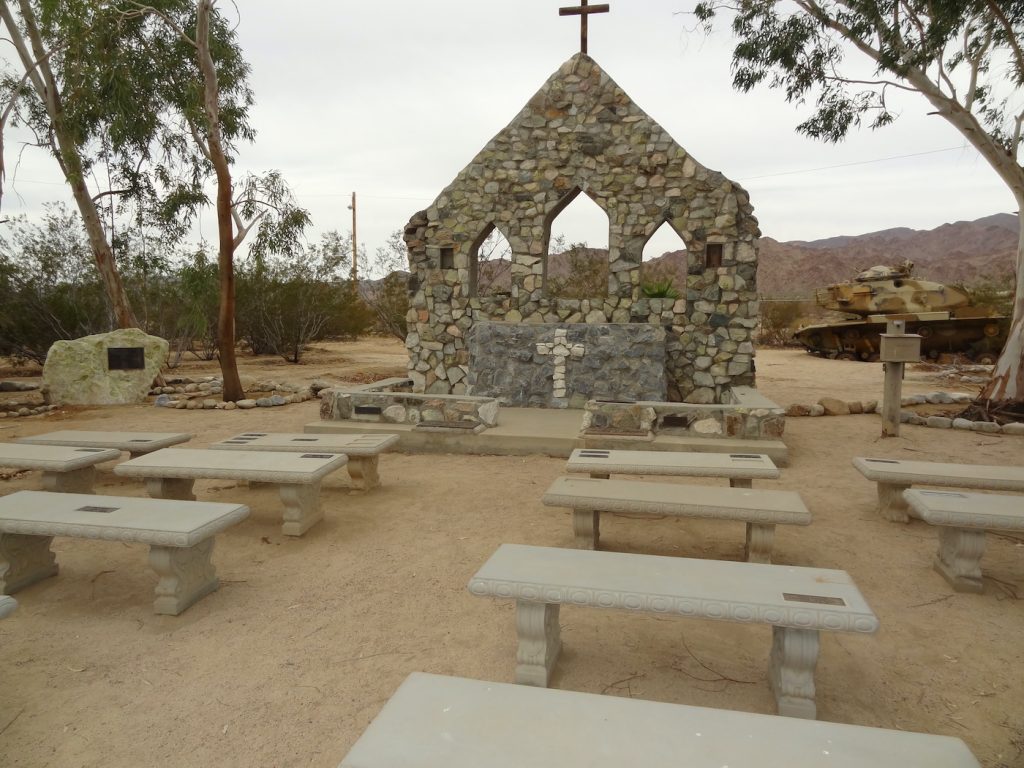
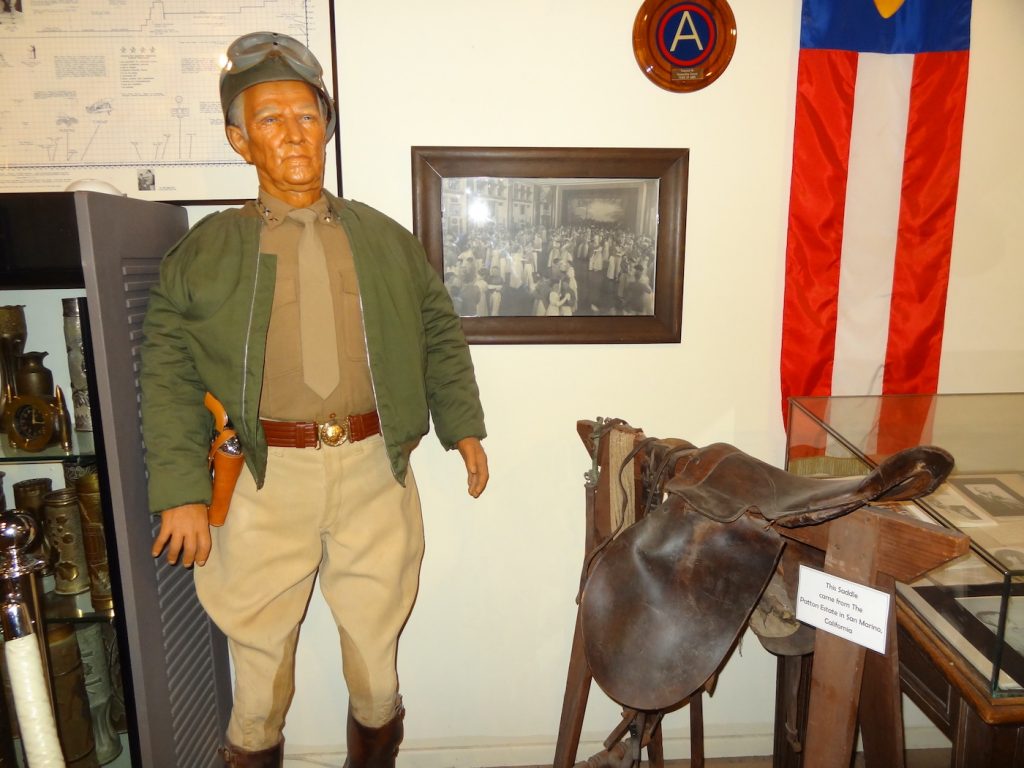
With the new opening of U.S. 60, business was good. Joe met and married a blond Norwegian nurse, Ruth from Minnesota. They raised four children in pioneer conditions with gas-light generators for power and a limited supply of water, plus working 18 hours a day at their businesses.
In 1942 when the soldiers were there, they loved Joe and Ruth’s place. In 1945, they established a rugged memorial to General Patton at the Chiriaco Summit.
The name was changed in 1958 from Shaver to Chiriaco Summit. Joe and Ruth passed away months apart in 1996. In 2000, commercial power arrived and the generators were powered down for the last time. The family constructed the new Chevron Station and Food Mart in 2004. We were so glad to see that station, as we were running out of gas on the trek there.
Joe and Ruth were honored with a star on the Palm Springs Walk of the Stars, located in front of See’s Candies, which were their favorite. If you’d like to know more, read Chiriaco Summit: Built by Love to Last in the Desert by Dr. Mary Gordon.







